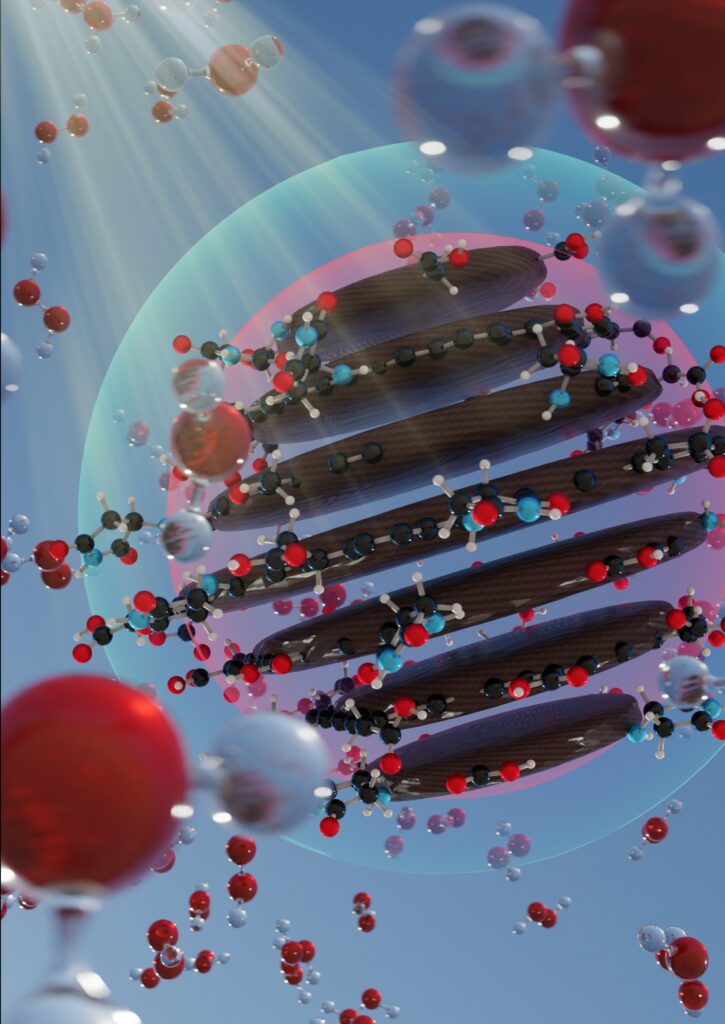Carbon dots can be used for light-induced hydrogen peroxide production
New possibilities in the field of sustainable energy open up with a breakthrough discovery regarding the photoluminescent properties of carbon dots (CDs) made by scientists from the Czech Advanced Technology and Research Institute (CATRIN) in cooperation with VSB-Technical University of Ostrava. Researchers found that after irradiation with light, magnetically active polaron states are formed in carbon dots, which can then be used for light-induced hydrogen peroxide production. Thus, a pure carbon nanomaterial can convert solar energy into chemical bonds. These research results were published in the prestigious journal Small.

Carbon dots are nanoscale carbon-based particles that can be easily prepared. They are non-toxic and have a wide range of applications. The main aim of the research was to investigate their photophysical and photocatalytic properties. The presence of magnetic polarons was revealed by experiments carried out using electron paramagnetic resonance. “Subsequently, thanks to advanced quantum chemical calculations, we explained how polarons can be formed in the structures of carbon dots,” explained one of the authors of the article Michal Otyepka.
Magnetic polaron is a specially coupled state of the electron. Magnetic polarons have proven to be crucial in the photoproduction of hydrogen peroxide, a versatile compound with a wide range of applications in health care, environmental remediation and energy. “The ability of carbon dots to convert light into catalytically active magnetic polarons can bring major advances in the use of these environmentally friendly nanomaterials, especially in the field of photocatalysis and technologies for converting solar energy into chemical energy,” added Lukáš Zdražil.
The results of the research were published in a paper entitled “Magnetic Polaron States in Photoluminescent Carbon Dots Enable Hydrogen Peroxide Photoproduction”. The study represents a significant step towards our understanding of CDs and their potential for the implementation of photoinduced chemical reactions.


